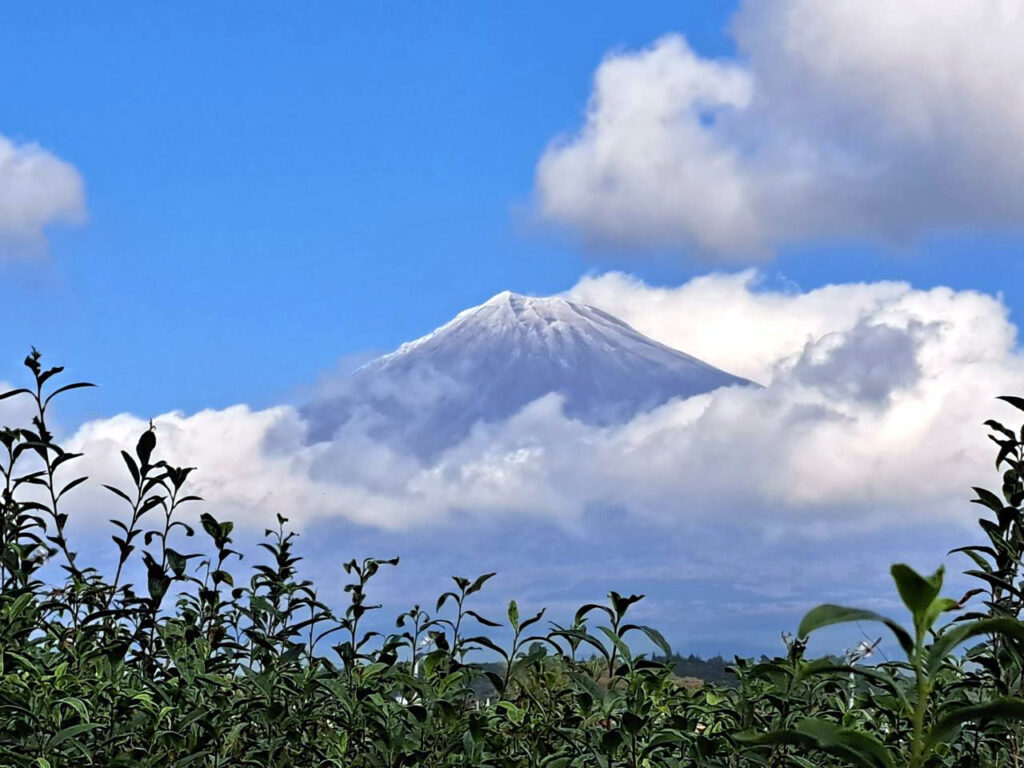
In Eastern and Western Japan, where the peak season for autumn foliage is usually reached by early November, this year the season is about half a month later than usual, and it is currently at its peak. However, one characteristic of this year is that the leaves seem to wither all at once without leaving much time to enjoy their lingering beauty.
Even so, the autumn foliage in Japan is undeniably beautiful.
The vibrant autumn colors can only be seen in deciduous broad-leaved trees among the many types of trees. These deciduous broad-leaved trees are predominantly found in regions such as East Asia, including Japan, parts of Europe, and the eastern part of North America. In other words, the very existence of autumn foliage is a rare phenomenon.
Moreover, while the autumn colors in Europe and America are often monochromatic, in Japan, you can see a rich variety of colors—red, yellow, orange—mixed with the green of evergreen trees, creating a multicolored and beautiful tapestry. Even the fallen leaves are picturesque.
Additionally, one reason why Japan’s autumn foliage is so popular as a tourist attraction is that the stunning autumn leaves harmonize perfectly with traditional structures such as temples and shrines. Particularly for foreign visitors, the scenery of ancient Japan, including traditional Japanese houses, exudes a mystical atmosphere, leading to an overflow of foreign tourists at famous autumn foliage spots.
例年11月上旬までに見頃を迎える東日本や西日本の紅葉の名所では、今年は平年より半月ほど遅れて今が最盛期を迎えています。そして余韻を楽しむ暇もなく一気に枯れてしまうのも今年の特徴のようです。
それにしてもやはり日本の紅葉は美しい。
美しい紅葉が見られるのはたくさんある樹木の中でも落葉広葉樹だけです。その落葉広葉樹が多く存在しているのは日本を含む東アジアやヨーロッパの一部、北アメリカの東部に限られています。つまり、紅葉がみられること自体が貴重なんです。
しかも、欧米での紅葉と言えば、単色が多いようですが、それに比べ日本は、赤や黄色、オレンジ色があり、常緑樹などの緑色も混ざって多彩で美しい紅葉がみられるのです。落ち葉でさえ絵になります。
また、日本の紅葉が観光地として人気があるのは、お寺や神社など、日本の古くからの建物が美しい紅葉と見事にマッチするからということもあります。とりわけ外国人には、古来の日本の風景や日本家屋には神秘的な雰囲気が感じられ、紅葉の名所には今や外国人が溢れかえっています。




